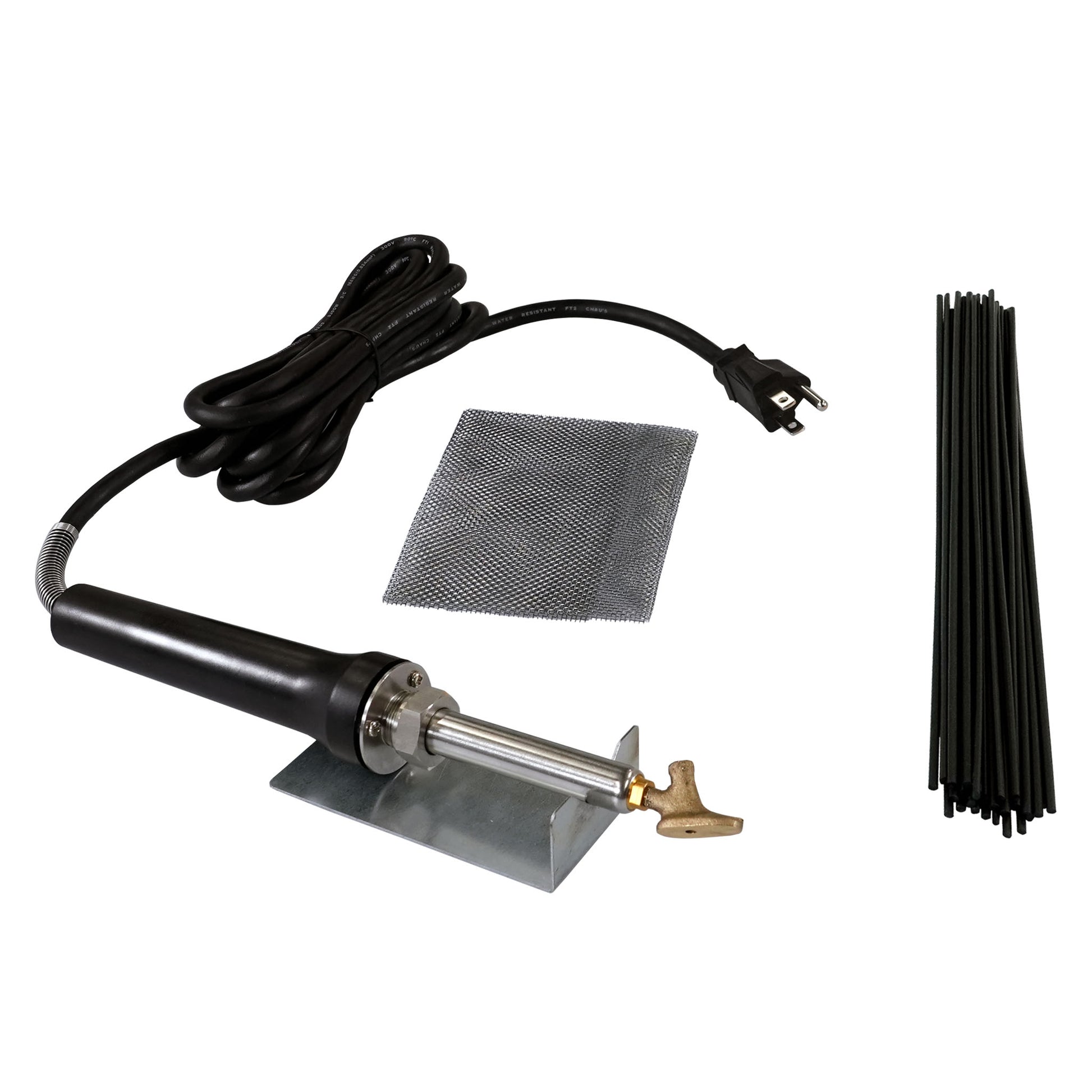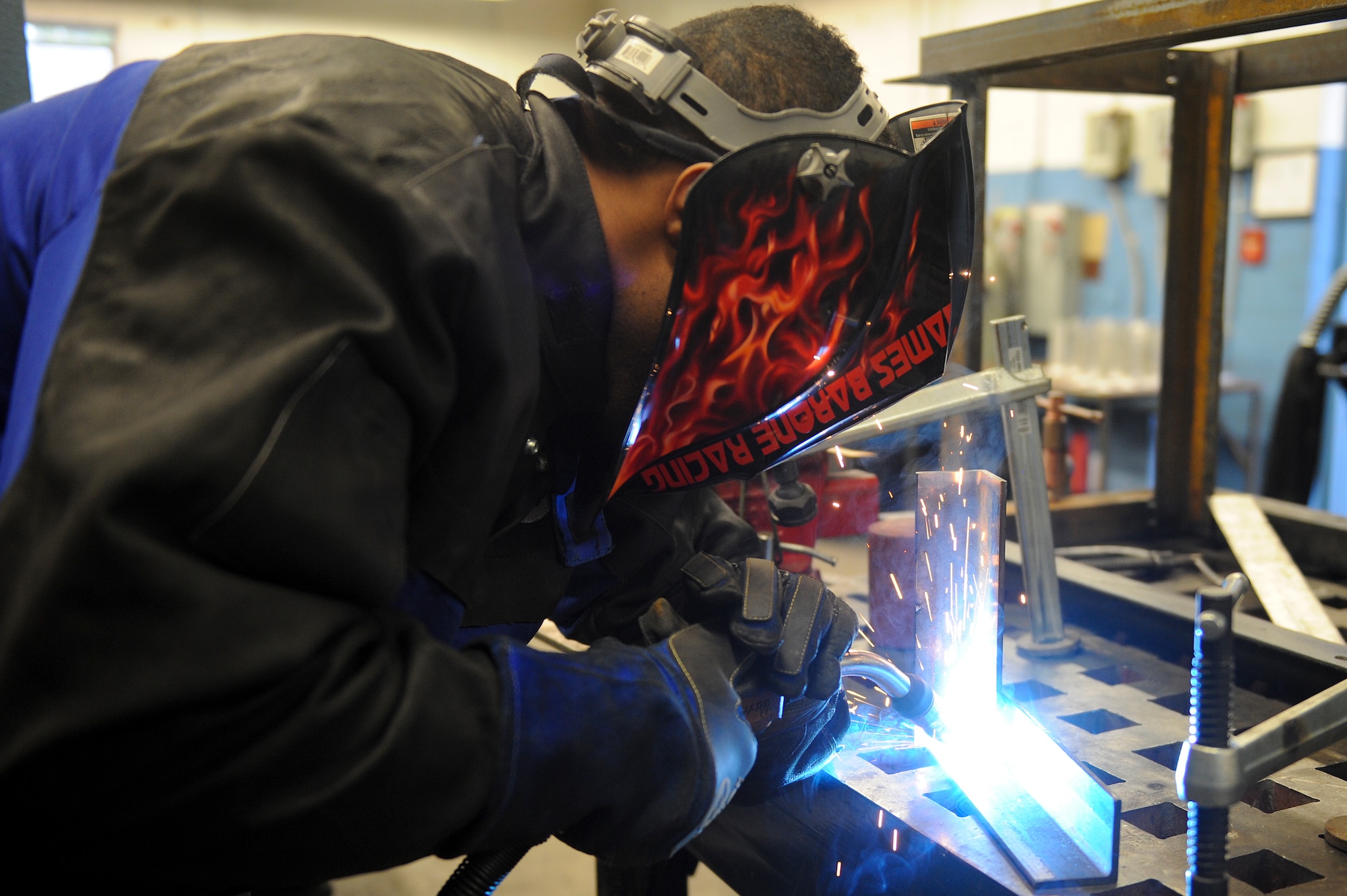Common Welding Repair Issues and Exactly How to Address Them Efficiently
Welding repairs usually come across a variety of issues that can jeopardize the integrity of the end product. Common problems consist of inadequate penetration, porosity, and imbalance, amongst others. Each issue provides special obstacles that call for certain techniques for resolution. Understanding these concerns is essential for welders aiming to enhance their skills and end results. This discussion will certainly discover these typical welding repair service problems and reliable approaches to resolve them.
Inadequate Infiltration
Insufficient infiltration occurs when the weld metal falls short to totally fuse with the base product, causing weak joints and potential structural failures. This concern commonly stems from not enough heat input, wrong electrode angle, or incorrect welding speed. Welders might experience poor infiltration as a result of a mistake of the necessary specifications for a particular material density or kind. Additionally, contamination on the base product's surface area can hinder reliable bonding, exacerbating the trouble. To address inadequate infiltration, welders need to ensure proper setups on their tools and keep a tidy work surface. Routine evaluation of welds is recommended to identify any type of deficiencies early, permitting timely modifications and the prevention of jeopardized architectural integrity in welded settings up.
Porosity
Porosity is a common flaw in bonded joints that materializes as small gas bubbles entraped within the weld steel. This defect can compromise the honesty of the weld, bring about lowered strength and prospective failing under anxiety. Montana Mobile Welding and Repair Belgrade Welding. Porosity typically occurs from contamination, dampness, or inappropriate welding techniques, which permit gases to escape right into the molten weld pool. To address porosity, welders should ensure appropriate surface area preparation, keep a tidy functioning environment, and use suitable welding criteria. In addition, picking the appropriate filler material and shielding gas can mitigate gas entrapment. Routine inspection and screening of welds can aid identify porosity early, guaranteeing timely restorative actions are taken, consequently preserving the high quality and dependability of the bonded framework
Imbalance
Misalignment in welding can occur from different aspects, consisting of inappropriate arrangement and thermal growth. Understanding the origin is important for efficient resolution. Several adjustment techniques are offered to realign elements and ensure architectural stability.
Root causes of Imbalance
Welding imbalance frequently comes from a variety of underlying concerns that can jeopardize architectural integrity. One key cause is improper fit-up of elements prior to welding, which can bring about voids and uneven surface areas. Variations in thermal development during the welding procedure can also lead to distortion, especially if the materials being joined have various coefficients of development. In addition, poor clamping and fixturing might fall short to hold components firmly in position, resulting in motion during welding. Inadequately maintained tools, consisting of welding machines and devices, may introduce inconsistencies in the weld bead, additional contributing to misalignment. Lastly, operator error, coming from not enough training or experience, can additionally play a substantial function in developing misaligned welds.
Improvement Techniques Offered
Attending to imbalance successfully calls for a mix of rehabilitative strategies tailored to the specific problems at hand. One common approach is using jigs or components to hold parts in the correct position throughout welding, making certain consistent positioning. Additionally, pre-heating the products can help in reducing distortion and enhance fit-up. For significant imbalance, mechanical realignment techniques, such as using hydraulic jacks or clamps, can be used to remedy the setting before welding. Post-weld heat therapy might also be required to eliminate stresses triggered by misalignment. Mindful assessment and adjustment throughout the configuration stage can avoid imbalance problems from ending up being considerable issues, promoting a smoother welding process and enhancing general structural integrity.
Distortion
Distortion is a typical difficulty in welding that can emerge from numerous elements, including irregular cooling and heating. Comprehending the reasons for distortion is essential for applying efficient prevention strategies. Addressing this problem not only improves structural integrity yet also enhances the general quality of the weld.
Reasons of Distortion
When based on the intense warm of welding, materials typically undergo adjustments that can bring about distortion. This sensation mostly emerges from thermal development and contraction throughout the welding process. As the weld area heats up, the product broadens; upon air conditioning, it gets, which can produce internal stress and anxieties. In enhancement, uneven home heating across a workpiece can intensify these tensions, resulting in bending or bending. The kind of material additionally plays a considerable duty; metals with differing thermal conductivity and coefficients of expansion might respond in different ways, resulting in unforeseeable distortions. In addition, bad joint style and poor fixturing can add to imbalance throughout welding, increasing the chance of distortion. Recognizing these causes is important for effective welding fixing and prevention techniques.
Prevention Techniques
Efficient prevention strategies for distortion during welding emphasis on managing warm input and making sure correct joint style. Preserving a constant warmth input helps to decrease thermal growth and contraction, which can bring about distortion. Using techniques such as pre-heating the workpiece can also reduce the temperature slope, promoting consistent home heating. In addition, choosing ideal joint layouts, such as T-joints or lap joints, can boost security and minimize stress and anxiety concentrations. Implementing proper fixturing to protect the workpieces in location better aids in keeping positioning throughout the welding process. Ultimately, staggered welding series can distribute warmth extra equally, protecting against localized distortion. By applying these techniques, welders can greatly reduce the likelihood of distortion and boost the total quality of their welds.
Splitting
Breaking is a typical issue run into in welding repair work, typically arising from different aspects such as improper cooling prices, material selection, or inadequate joint prep work. The event of fractures can greatly jeopardize the honesty of the weld, resulting in prospective failures during operation. To resolve this problem, welders should first assess the origin, making sure that materials are compatible and suitably selected for the particular application. In addition, controlling the air conditioning price during the welding procedure is essential; quick air conditioning can induce tension and bring about splitting. Appropriate joint style and preparation additionally add to lessening the threat. Executing these strategies can enhance weld top quality and sturdiness, inevitably minimizing the probability of fracturing in ended up weldments.

Insufficient Combination
A considerable problem in welding fixings is insufficient blend, which happens when the weld steel does thoriated tungsten not appropriately bond with the base product or previous weld passes - Fabrication. This issue can result in weak points in the joint, possibly jeopardizing the honesty of the bonded structure. Elements adding to insufficient combination consist of insufficient warmth input, improper welding method, and contamination of the surface areas being joined. To address this problem efficiently, welders need to assure correct pre-weld cleansing and surface preparation, in addition to readjust their welding specifications to attain adequate penetration and combination. Regular evaluation during the welding procedure can likewise aid recognize incomplete fusion early, permitting prompt rehabilitative steps to enhance the general quality of the weld
Overheating
While welding repair work can enhance structural honesty, overheating offers a considerable difficulty that can result in product degradation. Too much heat during welding can change the mechanical homes of metals, resulting in minimized stamina, enhanced brittleness, and warping. This phenomenon is especially important in high-stress applications where structural dependability is paramount. Determining getting too hot can involve visual assessments for discoloration or distortion, along index with keeping an eye on temperature level throughout the welding procedure. To mitigate the risks related to overheating, welders must employ appropriate strategies, such as regulating warmth input, readjusting traveling rate, and using ideal filler materials. Additionally, carrying out pre- and post-weld warmth therapies can assist restore product homes and boost the total top quality of the repair, making sure long-term efficiency and safety and security.
Regularly Asked Questions
What Are the Common Indicators of a Welding Flaw?

Just How Can I Evaluate My Welds for Top quality?
To evaluate welds for high quality, one can use visual assessments, ultrasonic testing, and radiographic techniques. Each strategy ensures structural honesty, identifies problems, and validates adherence to defined standards, inevitably improving the integrity of the bonded joints.
What Security Preventative Measures Should I Take While Welding?
When welding, one should focus on safety and security by putting on ideal personal safety tools, making certain appropriate ventilation, protecting combustible products away, keeping a clean work space, and being mindful of environments to stop mishaps and injuries.
Can I Repair a Weld Without Redesigning the Entire Joint?
Fixing a weld without redesigning the entire joint is possible, depending on the damages (Welding). Methods such as grinding, including filler product, or making use of a welding process can efficiently resolve particular flaws while maintaining the bordering structure
What Equipment Are Vital for Effective Welding Services?
Necessary check my site tools for efficient welding fixings consist of a welding maker, wire brush, mill, protective equipment, clamps, and filler products. Each device plays an essential duty in making certain high quality and safety and security throughout the repair work process. Porosity commonly develops from contamination, dampness, or inappropriate welding strategies, which permit gases to get away into the molten weld swimming pool. Improperly maintained devices, including welding devices and devices, may present variances in the weld bead, further adding to misalignment. When subjected to the intense heat of welding, products often undertake modifications that can lead to distortion. Cracking is a common concern encountered in welding repair services, typically resulting from different variables such as inappropriate cooling rates, material option, or poor joint prep work. A considerable issue in welding repairs is insufficient blend, which takes place when the weld steel does not appropriately bond with the base material or previous weld passes.